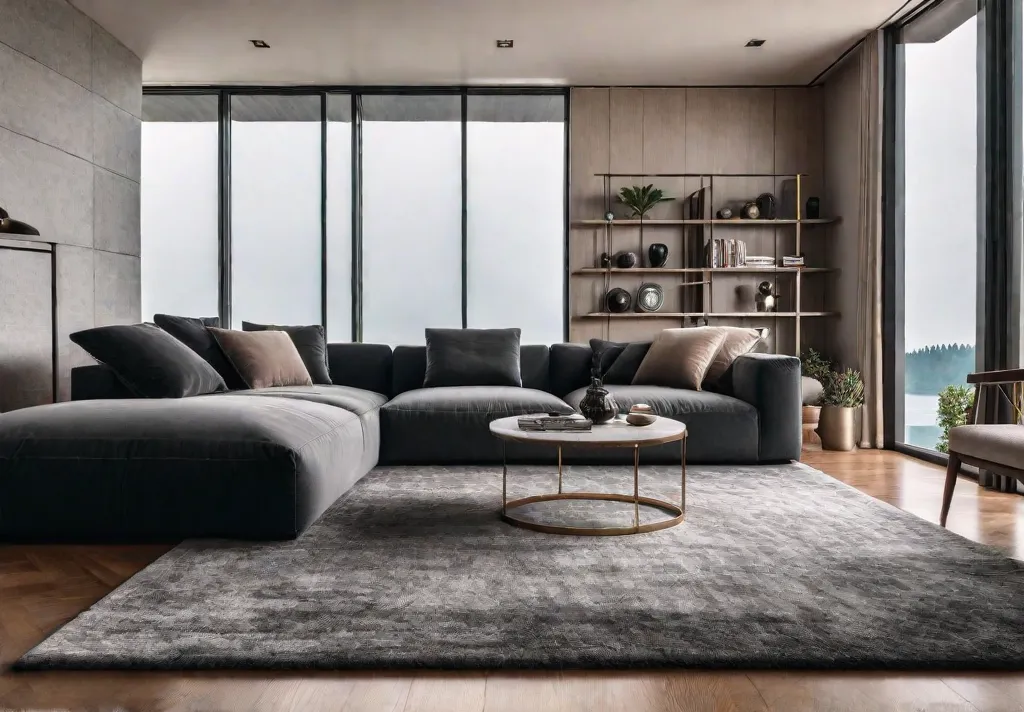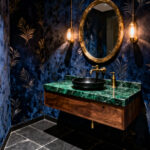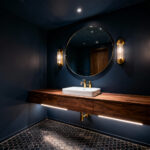The living room is the heart of the home, where family and friends gather to relax, entertain, and create lasting memories. Decorating a living room can feel daunting, but with the right guidance, you can transform your space into a stylish and inviting oasis.
This comprehensive guide will explore the step-by-step process of decorating a living room like an interior designer. Whether you’re a homeowner looking to refresh your space or a renovator tackling a new project, you’ll learn the essential tips and tricks to achieve a professional-looking result.
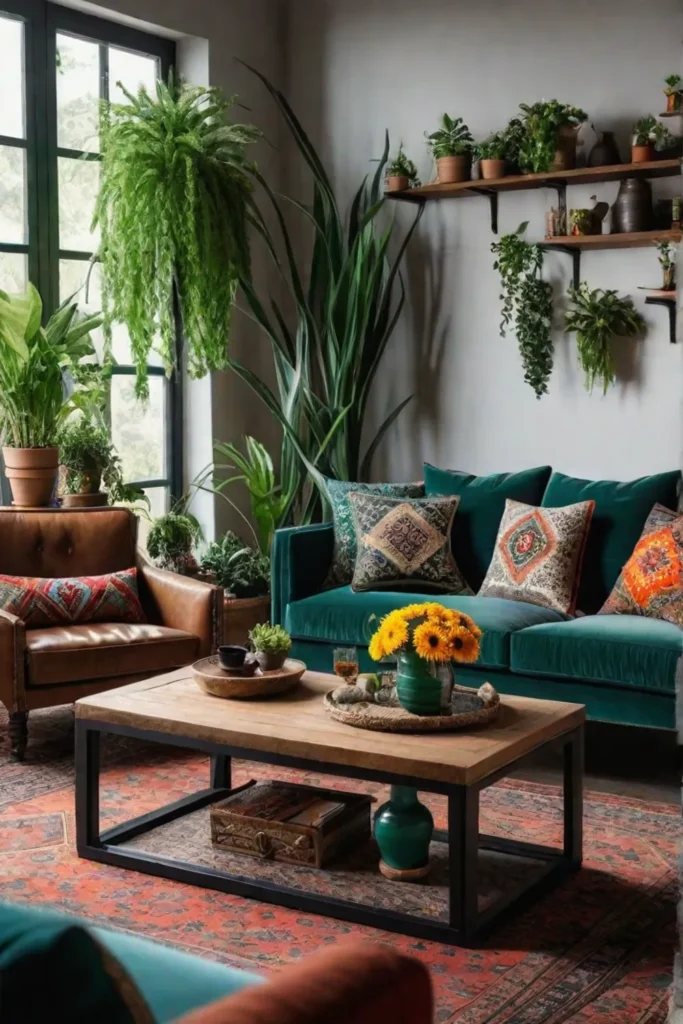
Imagine entering a living room that exudes warmth, comfort, and a touch of elegance – a space that reflects your style and sets the perfect mood for relaxation and entertainment. With the expert advice in this article, you can make that vision a reality.
Assess Your Living Room Space
The first step in decorating your living room is to assess the space. Understanding the dimensions, layout, and existing elements will help create a cohesive and functional design.
Start by measuring the room’s dimensions. The size of your living room will play a crucial role in determining the ideal furniture scale and layout. For example, a larger living room may allow for a more extensive seating area, while a smaller space may require more compact furniture.
Next, identify the room’s focal point. This could be a fireplace, a large window, or a unique architectural feature. The placement of the focal point can significantly impact the flow and balance of the space, so it’s essential to take this into account.
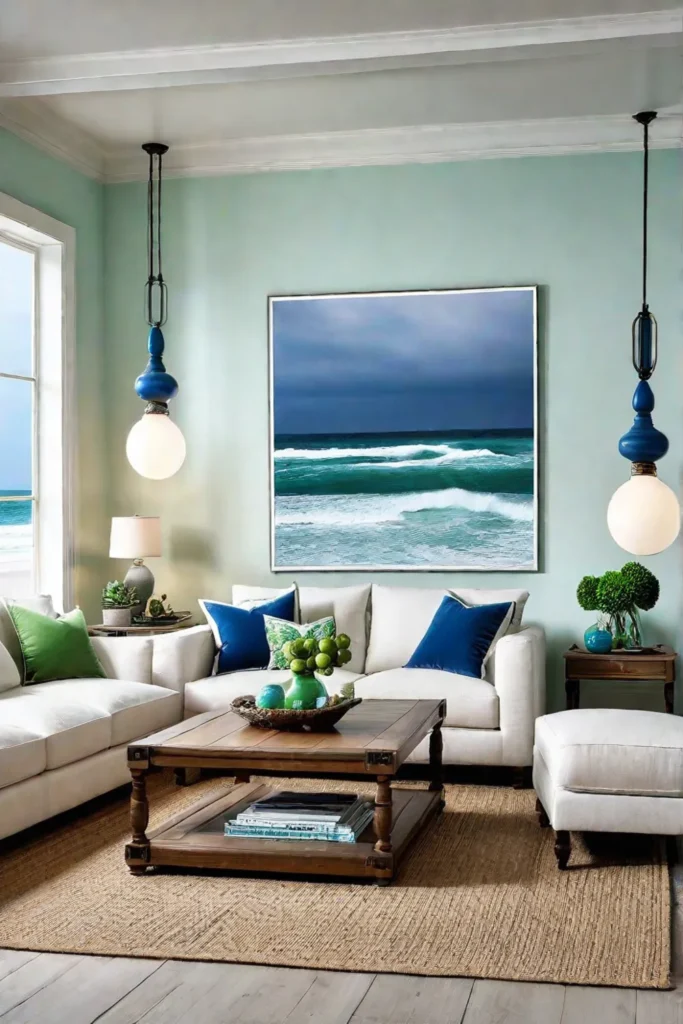
Finally, evaluate the existing furniture and decor. Assessing the current elements can help you decide what to keep, repurpose, and replace. This step will also give you a better understanding of your current decor’s color palette and style.
Consider sketching out a floor plan to visualize the space and experiment with furniture placement. This will help you determine the best layout for your living room. Don’t forget to consider the room’s natural light sources and how to use them to enhance the overall ambiance.
Develop a Design Concept
With the space assessed, the next step is to develop a design concept that reflects your style and the desired mood for the living room.
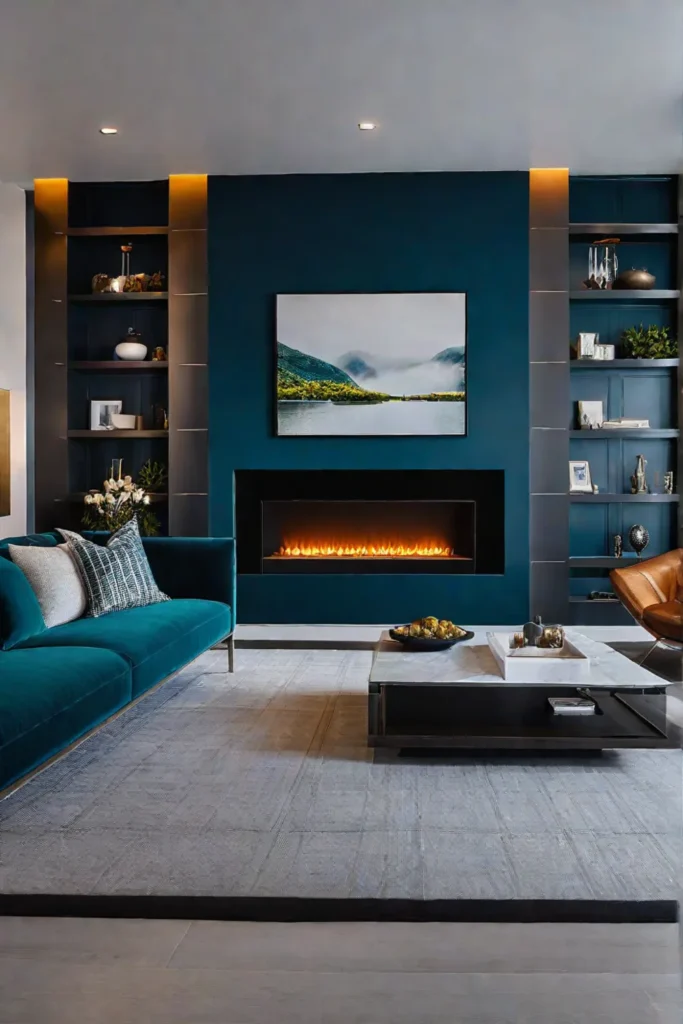
Start by identifying your design style. Are you drawn to modern, traditional, or eclectic designs? Your style will be the foundation for your living room makeover.
Next, determine the overall mood and atmosphere you want to create. Do you want a cozy and inviting space, a serene and relaxing environment, or a dynamic area for socializing? The desired mood will guide your color palette, furniture selection, and accessory choices.
To bring your design concept to life, curate a mood board. This can be done online or with physical materials like magazine clippings and fabric swatches. Your mood board should include images, colors, textures, and patterns representing your living room vision.

Consider incorporating personal touches, such as family heirlooms or artwork, to make the space feel unique and reflect your personality. By blending your style with the desired mood, you’ll create a living room that is both visually stunning and deeply meaningful.
Select the Furniture
Furniture is the foundation of any living room design, and choosing the right pieces is crucial for creating a cohesive and visually appealing space.
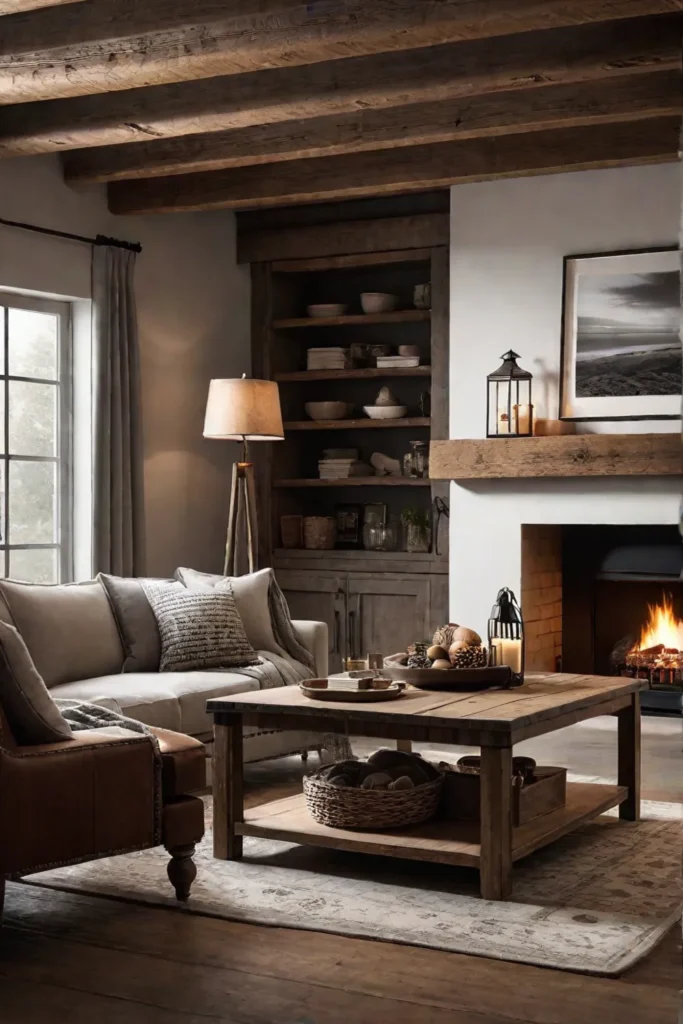
Start by determining the necessary furniture, such as a sofa, armchair, coffee table, and side tables. Consider the scale and proportion of the furniture in the room size. Avoid overcrowding the space, and use furniture to balance the room’s dimensions.
Prioritize functionality and comfort when selecting your furniture. A comfortable sofa and armchair are essential for a living room, as this is where you and your guests will likely spend the most time. Incorporate multifunctional pieces, like an ottoman with storage, to maximize the use of space.
Experiment with different furniture arrangements to find the most efficient and visually pleasing layout. Play with the placement of your furniture to create a cohesive flow and enhance the room’s overall functionality.

By carefully selecting and arranging your furniture, you’ll create a living room that is aesthetically pleasing but also practical and comfortable for everyday use.
Incorporate Lighting
Lighting is a crucial element in any living room design, as it can significantly impact the space’s overall ambiance and mood.
There are three main types of lighting to consider: ambient, task, and accent lighting. Ambient lighting, such as overhead fixtures or recessed lights, provides the overall illumination for the room. Task lighting, like table lamps or floor lamps, focuses on specific areas where activities occur. Accent lighting, such as wall sconces or picture lights, highlights architectural features or decorative elements.
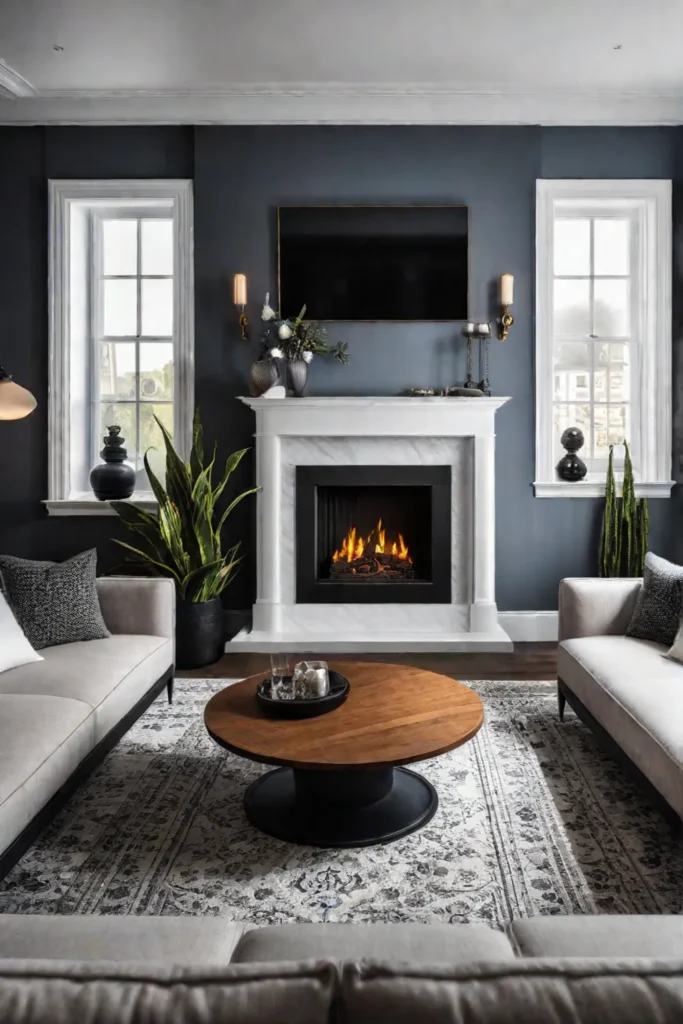
When selecting light fixtures, consider how they complement the design concept and provide the necessary functionality. Warm, soft light can create a cozy and inviting atmosphere, while cool, bright light may be more suitable for tasks like reading or working.
Proper placement and positioning of the light sources are also essential—position ambient lighting to evenly distribute light across the room, avoiding harsh shadows. Place task lighting close to the areas where it’s needed, and use accent lighting to highlight specific features or objects.
Incorporate a layered lighting scheme by combining different types of lighting fixtures. This will not only enhance the visual appeal of the living room but also provide versatile lighting control, allowing you to adjust the ambiance to suit different activities and moods.
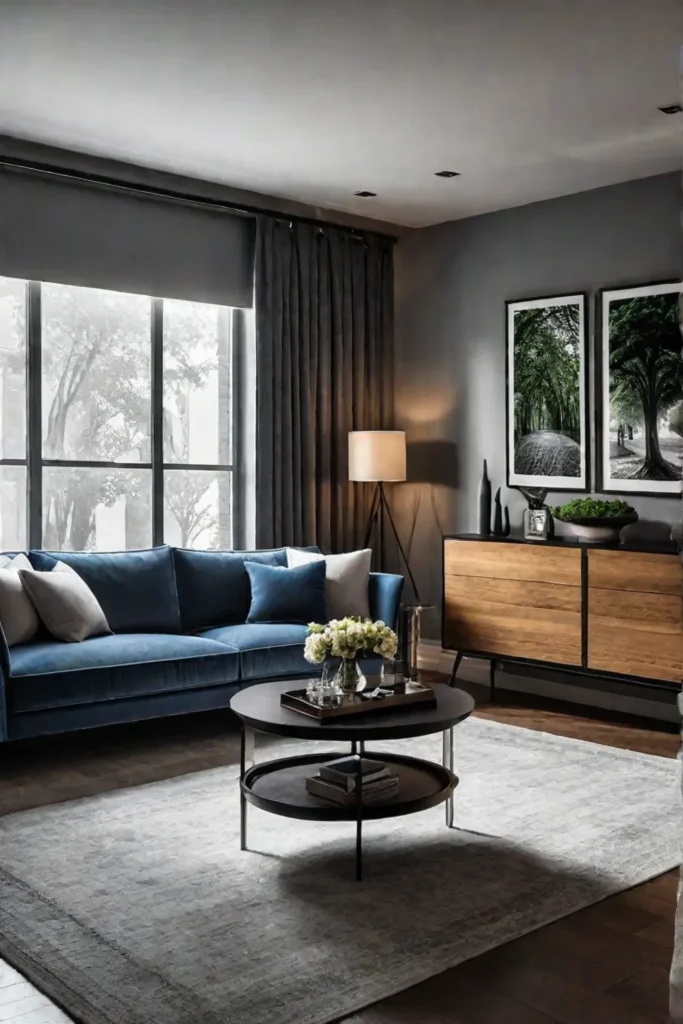
Add Textiles and Accessories
Textiles and accessories are the finishing touches that bring a living room design to life, adding depth, texture, and personal style.
Start with the window treatments. Choose curtains, blinds, or shades that complement the overall design concept and enhance the room’s ambiance. Consider the window treatments’ functions, such as providing privacy or controlling light, as well as their style and color.
Next, incorporate a mix of decorative pillows, throws, and rugs to add texture and visual interest layers. Experiment with different fabric patterns, colors, and textures to create a visually engaging display.
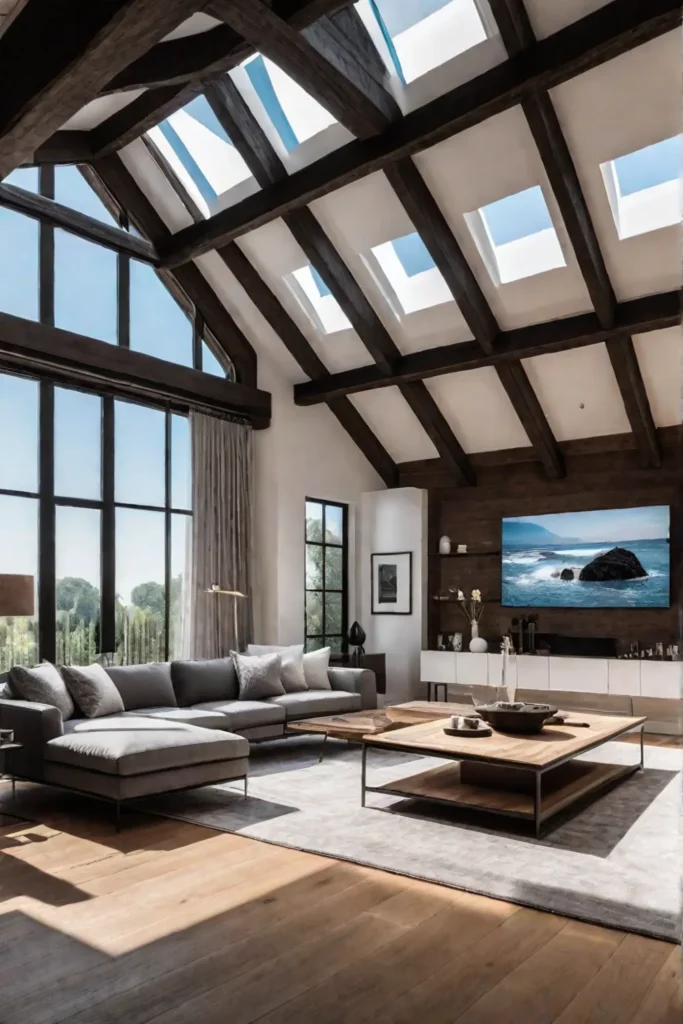
Personalize the living room with carefully curated accessories and artwork. Choose pieces that reflect your unique style and personality, such as family heirlooms, travel souvenirs, or locally sourced artwork. Arrange the accessories in a balanced and cohesive manner to create a visually appealing display.
By thoughtfully selecting and styling the textiles and accessories, you can transform your living room into a visually stunning and deeply personal space.
Incorporate Greenery
Incorporating greenery into your living room design can bring a natural, rejuvenating element to the space, enhancing the overall ambiance and creating a sense of serenity.

When selecting houseplants for your living room, choose low-maintenance varieties that can thrive in the environment, such as snake plants, ZZ plants, pothos, and spider plants. These plants add visual appeal and offer benefits like improving air quality and reducing stress levels.
Strategically place the plants to complement the overall design concept and layout. Position a large statement plant in a prominent location to create a focal point. Group plants together in odd-numbered arrangements to add visual interest and depth. Elevate the plants on stands or shelves to create height and visual balance.
Explore the use of hanging plants, potted plants, and plant-based accessories further to enhance the natural elements in your living room. Suspended plants can add a lush, green canopy, while plant-inspired artwork or vases can tie the natural theme together.

By carefully selecting and styling the greenery in your living room, you can create a space that is not only visually appealing but also promotes a sense of well-being and relaxation.
Optimize the Layout
The layout of a living room is crucial for creating a functional and visually appealing space. By optimizing the arrangement of furniture and decor, you can enhance the room’s flow, balance, and overall aesthetic.
Start by identifying the key focal points in the living room, such as a fireplace or a large window. Arrange the furniture to highlight these features, creating a visually engaging and cohesive layout.

Consider the balance and symmetry of the room. A balanced and symmetrical layout can enhance the overall aesthetic, but it’s essential to consider the specific design style and room size. In some cases, an asymmetrical layout may be more appropriate.
Incorporate traffic flow considerations to ensure a functional and comfortable living room experience. Arrange the furniture for easy movement between seating areas, and ensure that doorways and windows are not obstructed.
Experiment with different furniture arrangements to find the most efficient and visually appealing layout. Utilize area rugs and coffee tables to define distinct seating areas and create a cohesive flow throughout the space.
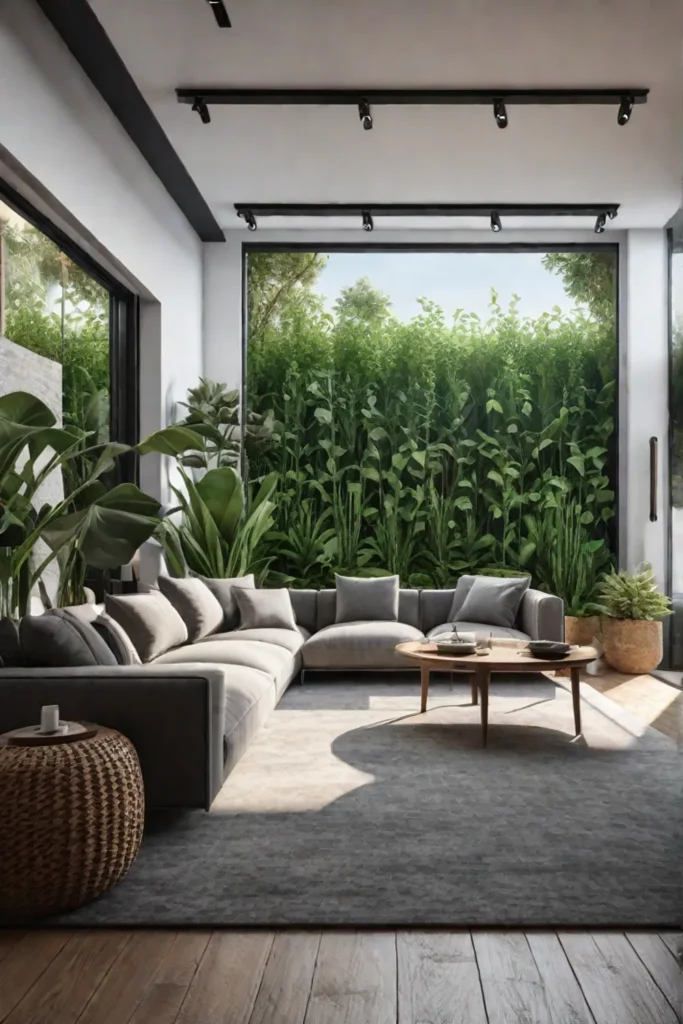
By optimizing the layout of your living room, you’ll create a space that is not only visually stunning but also practical and enjoyable to use.
Maintain and Refresh
Maintaining and refreshing a living room design is an ongoing process that ensures the space remains visually appealing and aligned with your style.
Establish a regular cleaning and maintenance routine to keep the living room decor looking its best. Dust furniture, vacuum rugs and carpets, and wash textiles according to the manufacturer’s instructions. This will help preserve the quality and appearance of your living room furnishings.
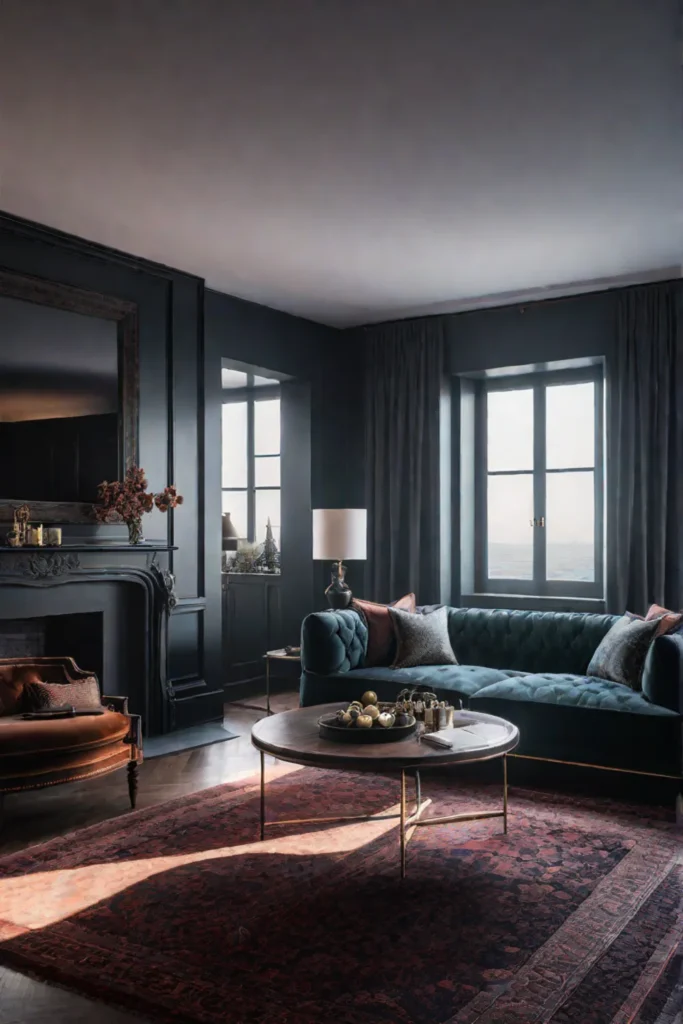
Rotate and update accessories and textiles to keep the space fresh and inviting. Incorporate seasonal colors and textures, or update the living room design for holidays like Christmas or Thanksgiving. Swap out throw pillows, rearrange accessories, or add new plants to create a sense of renewal.
Make small, incremental changes to keep the living room design current and reflect your evolving style. Simple updates, such as swapping out throw pillows or rearranging accessories, can significantly impact the overall look and feel of the space.
Regularly updating and refreshing your living room design has numerous benefits, including maintaining visual appeal, expressing your style, and increasing feelings of happiness and contentment in the space.
Conclusion
Decorating a living room like an interior designer may seem daunting, but with the right guidance, you can transform your space into a stylish and inviting oasis. By following the step-by-step process outlined in this comprehensive guide, you’ll be well on your way to creating a living room that reflects your style and meets your functional needs.

Remember, the key to a successful living room design is to thoroughly assess the space, develop a clear design concept, and carefully select the right furniture, lighting, textiles, and accessories. Don’t be afraid to experiment and make small, incremental changes to keep your living room fresh and up-to-date.
With these expert tips and insights, you can elevate your living room decor and create a space that you and your loved ones will enjoy for years. So, what are you waiting for? Start decorating your living room like an interior designer today!
